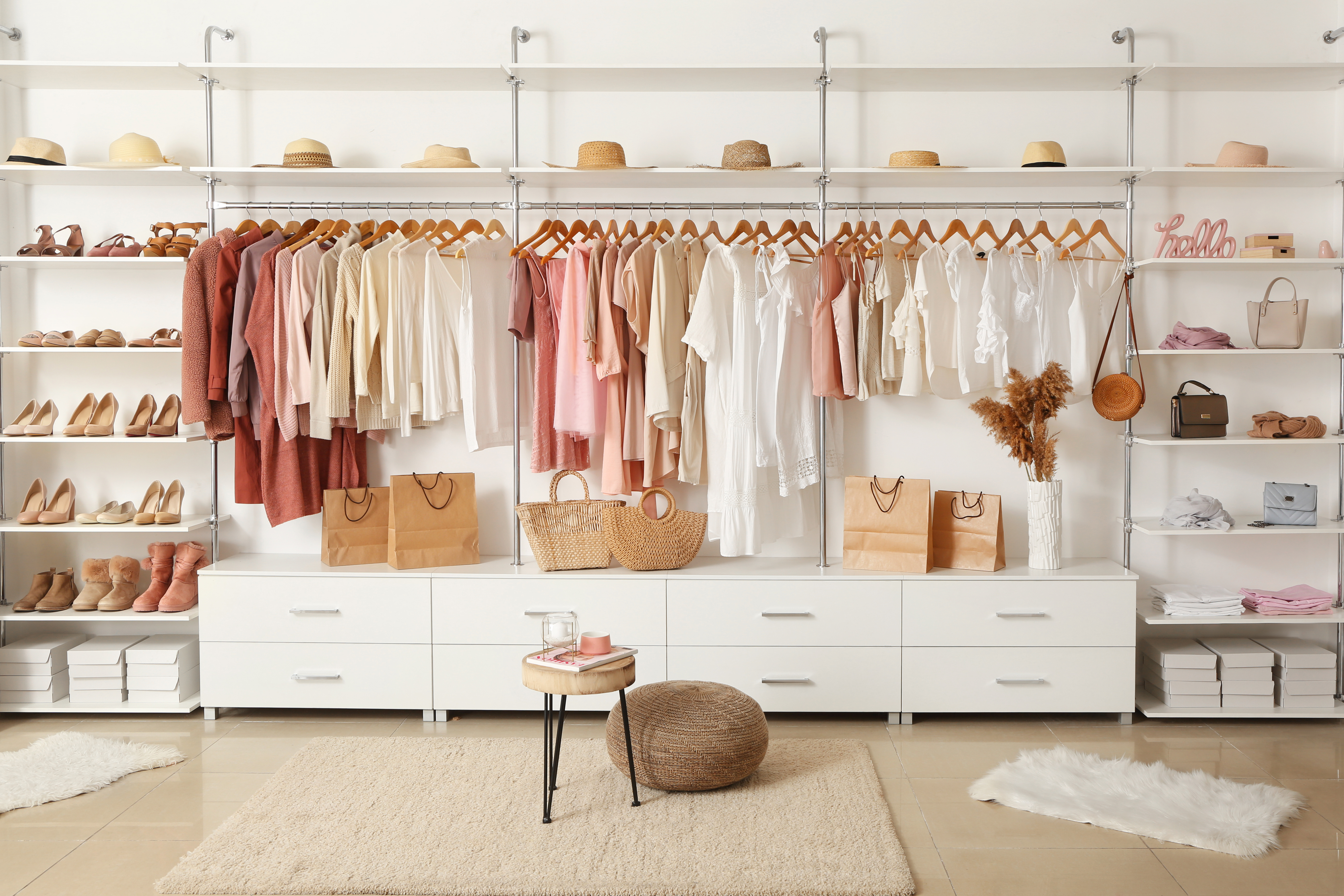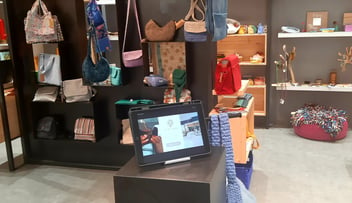
Discover what are the environmental factors of a store, how they can stimulate consumer behaviour and the place of digital display solutions in this concept.
The concept of environmental factors originates from the research on the atmosphere of physical sales outlets by Philip Kotler, a consultant and American professor recognized as the father of modern marketing.
Many further studies (Mehrabian, Bitner...) have been able to demonstrate that the different elements that make up a store’s atmosphere play a role in consumer behaviour in the same way as more factual elements such as the price of the product or advice provided by a seller.
Environmental factors: definition
Environmental factors are all elements that contribute to giving an identity to a point of sale, creating a feeling of well-being among customers and promoting the products on sale.
These environmental factors can then be used to put sensory marketing into practice in order to elicit positive consumer reactions to the purchase.
They are divided into 5 categories: tactile, gustative, olfactory, social and visual.
Tactile factors
These are the materials used for your furniture, the ambient temperature of the point of sale but also the possibility to touch the products. Who hasn’t asked a salesman to take a piece of jewelry out of a window so they can touch it? The staging around the products can therefore prove essential to sell.
Taste factors
The essential factor for food jobs! What could be more effective than having these products tasted to disassemble the quality of the products and thus trigger an act of purchase? Taste is also regularly used in the fields of hygiene or beauty.
Olfactory factors
Olfactory factors can be used for different purposes:
- The first is simply to make people want to buy. Some bakeries are well known that, and optimize the ventilation of their point of sale to spread the smell of fresh bread or pastries down the street to make customers want and attract them. This technique is also found in restaurants or perfumeries.
- The second is to create an atmosphere. In this case, smells are used to create an atmosphere and contribute to the brand identity on the olfactory side.
Social factors
This is mainly the contact between clients and employees. Are the advisors available to inform me? Are they welcoming, friendly, polite... Is the information relevant? Because let’s not forget that selling is primarily human.
Visual Factors
Visual factors include general point-of-sale design as well as furniture design, colors and the use of lighting.
- The light can be used to highlight certain products, delimit exhibition areas, contribute to the identity of the store by creating an atmosphere but also guide customers by contributing to the visits.
- Colors have a direct impact on emotions and play a more or less strong role in the incentive to purchase. According to Jean-Gabriel Causse, author of “The Amazing Power of Colours”, customers would be willing to spend 45% more in a red environment compared to a blue environment. Surprising, isn’t it?
The general cleanliness of the store or the clothes of the sellers can also help to create the visual identity of a brand and impact the behavior of the customers.
Sound factors
The music but also the various sounds generated voluntarily or unintentionally in the store can help create a unique experience for the consumer.
Ambient music has a direct impact on emotions. It can be used to reinforce brand identity or to stimulate purchase at a key time of the visit. The sound level must also be adapted to be in line with the brand’s values. Soft music will promote relaxation while excessive noise could disturb guests.
The place of digital display
Digital signage solutions - interactive display, digital signage - are perfectly suited to creating immersive atmospheres and enable communication using the senses of customers. These solutions respond to tactile, visual and sound factors.
Here are 4 application ideas to implement to boost the commercial performance of your sales space:
-
Interactive mirrors
Mirrors equipped with touch screens installed directly in the shelves or in the dressing rooms of a clothing store allow customers to virtually try out the different parts and their variants in different colors for example. These interactive mirrors can also offer suggestions for additional products, provide detailed information on the composition or manufacture or even allow you to call a seller for help.
-
Display screens in the window
Interactive showcases allow products to be presented to passers-by or promotional videos. These screens capture the attention of potential customers by communicating brand values even before they enter the store.
-
Communication screens
Placed in strategic locations of the store, they allow to distribute all type of content: promotional videos, store news, social wall and customer testimonials... They help create a unique visual atmosphere and stimulate customer attention.
-
Custom recommendations
Interactive screens are also useful for offering product recommendations based on each customer’s preferences. For example, by analyzing previous purchases or asking quick questions, these screens can suggest additional items or special promotions, providing a personalized shopping experience.



